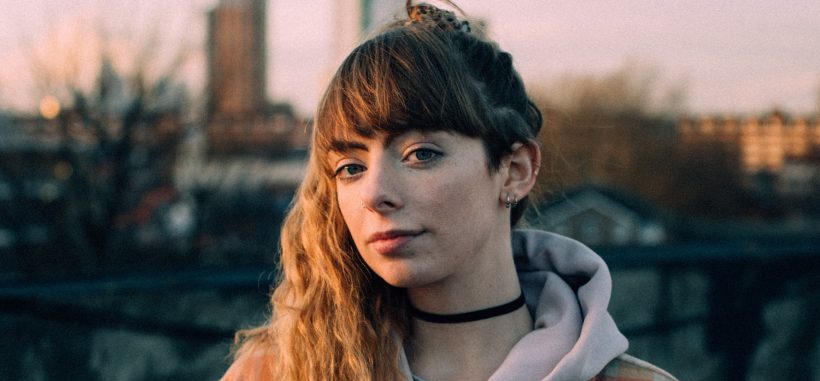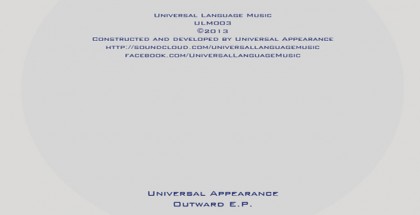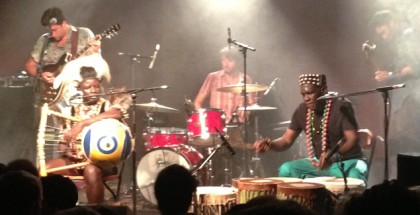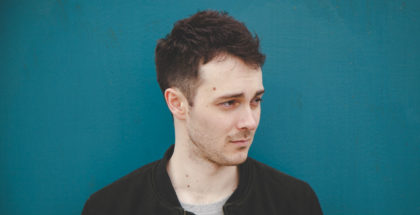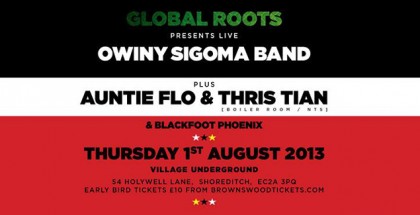UE.46: Elsa Hewitt
For more than a couple of reasons, Elsa Hewitt is a name you’re going to be hearing a lot more of in the near future.
The Brighton-born, London-based songwriter, multi instrumentalist and producer is first and foremost prolific. Last year, she self-released a jawdropping three full length albums – Cameras From Mars, Dum Spiro Spero and Peng Variations. All three have since been picked up by London imprint Micro Spiral Recordings for a full release as the Becoming Real Trilogy at the end of March.
Secondly, she’s appearing in all the right places. She’s as proficient in the studio as she is filling out grant applications, having been awarded prizes from the PRS Foundation and Help Musicians UK, and perhaps most critically was selected to be part of the latest batch of Brownswood‘s Future Bubblers, following in the steps of Yazmin Lacey and Munro.
But the strength and individuality of Elsa’s music are what immediately set her apart. Situated somewhere between folk, electronica and house, there’s an ethereal quality to her productions, most often made up of lilting looped guitar and keys melodies, soft, muted beats, and Elsa’s trademark reticent, almost timid, vocals.
There’s a tenderness in the harmonies she weaves through her instruments and voice, and she seems to have nailed her songwriting formula already which is impressive at this stage of her career. Yet there’s very often an unnerving sensation underlying the brightness that comes through, from her mutated sound palette which isn’t quite organic, nor quite mechanic.
So it made complete sense when we eventually ran into Elsa watching the experimental genius of Jan Jelinek and Masayoshi Fujita down at the Jazz Café in August last year and we started making plans for this piece.
The mix Elsa has turned in is actually the fourth draft she sent through to us, which gives you an idea of her painstaking attitude towards her craft. There’s a beautiful pace to the mix, really taking it’s time to nestle in over the first fifteen minutes and with a selection that refuses to be boxed in to any one genre throughout. Spanning Duke Ellington, Animal Collective, The Bee Gees and Rhythm & Sound, it’s exactly the kind of cross pollination we fly the flag for here. We grabbed a few minutes with Elsa to get the lowdown on her plans for the year and more.
You won the Lynsey de Paul prize from PRS back in 2016 and last year you were selected to be part of Gilles Peterson’s Future Bubblers. How have these initiatives helped you take the next step in your career? In terms of the Bubblers, what does being selected actually mean in terms of the support they offer?
The Lynsey de Paul prize allowed me to spend time improving my work and making more of it, complete those three albums and release them on my own label, which has got me off to a good start professionally. In terms of Future Bubblers, there was a whole myriad of things that happened because of them. Really nice gigs, recording sessions, support online and on the radio, funding opportunities, masterclasses, collabs, remixes, a mentor and still more. Future Bubblers made it so that whilst doing my first official releases, I could be bold and know that I would be supported and on this pedestal-type-thing.
I first came across your music via the Worldwide FM playlist so obviously airplay is one way Brownwood can help get you that exposure. That was ‘Golden Moment’, and I think what really struck me about that track was that it sounded vaguely familiar but somehow completely unlike anything I’d heard before – sort of uncanny.
And in ’Things to Say’, you recycled that sound into something brand new again, a whole new feeling. Would you say you have your own go-to sounds and textures when building tracks usually? How do you go about creating those?
There are definitely certain sounds and textures that I am more drawn towards, but it varies according to the ideas, feelings and instincts I have at the time of making it. I’ve developed my own tastes and styling when it comes to song-writing, recording and arranging since I started doing that as a young teenager. It seems I am also very resourceful in my approach to production.
‘Golden Moment’ was basically me remixing my own song called ‘Kings Cross’, which was originally made with guitar, voice, a very basic loop pedal, and an SP404. At that point I hadn’t been producing on Ableton very long and was mainly sticking to hardware for making tunes before recording it. Subsequently I started focusing more on beats, and started remixing those recordings. That’s what led to ‘Golden Moment’ and many other tracks from the trilogy. ‘Things To Say’ is a remix of the same song, and ‘KXRM’ is a cut-up Youtube video of me playing it live on SP. I do a lot of cutting myself up.
Can you shed some light on your production set up?
Essentials are: nylon-string, electric and steel-string guitars, ukulele, in fact any stringed instrument or piano, a four-track I started using about 15 years ago, a silly but cool old synth thrown away by my secondary school, a field recorder and other microphones, an Alesis Micron I bought when I started uni and mainly used to make the album ‘Hotel Rosemary’, loop pedals, loads of percussion, drums, random objects and music boxes, and then it’s basically just software and sometimes a midi controller.
You’re clearly a prolific producer, putting out three albums last year. Were you sitting on a big back catalogue of tracks? Or are you just able to bang them out like that?
Quick answer to that question: I am able to just bang them out like that; I have always been prolific. But finishing, fine-tuning and going back over each song several times until they sound sufficiently phat, and mixing them, actually made the whole process take about two years, especially since the whole thing was one big learning curve.
Every album relates to a certain section of time, when I was perhaps exploring a new formula or piece of equipment. But the songs are always inspired by whatever I was feeling, fixating on, dreaming about, wherever I was living and whatever was going on at the time. I always know when to close a section or start a new one too. I went through many changes and relocated many times in the few years leading up to those three albums, which partly explains their existence.
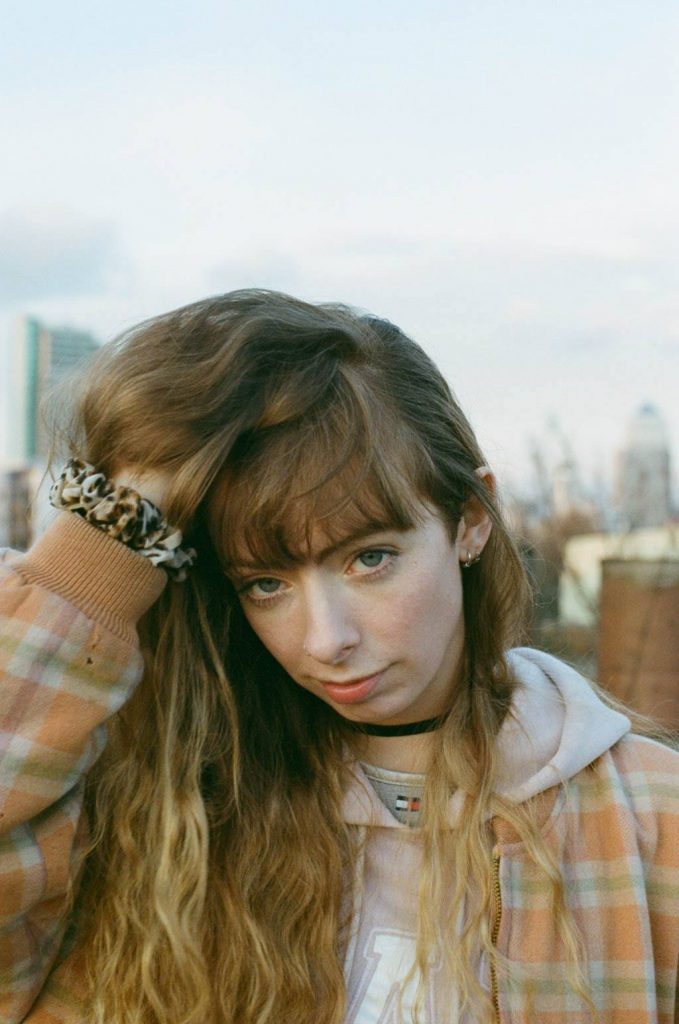
Your knack for chord progression and really building elements on top of elements as the track develops is one of the most interesting facets of your music. Are you classically trained?
I have always loved chords, and have played around with them since I started playing guitar. I am also very much a non-conformist in almost everything I do, which influenced my musical development. I did learn flute when I was younger and had a good guitar teacher who allowed me to mainly write songs instead of learn pieces. At school I formed many different bands and even played drums in one, bossing people around with arrangements, and I started recording albums at a young age so I learnt about building tracks mainly through experience. I also grew up hearing a lot of interesting music. To be fair I did do music at college too, but did pretty badly, my lack of interest in education and lack of a computer meant that I didn’t do very well in music technology either. But I’m sure I did learn a few things.
Your music is emotional, very often melancholic, and always experimental. What inspires you to sit down in the studio and make music?
I would say the most natural thing for me to do is sit down and make some sounds. I just love and need that process, and rarely go into it with any strict ideas of outcome. Of course that’s not enough on its own, as my meticulous side goes around collecting, analysing and developing the bits into something greater.
I usually start things by choosing my tools, and improvising. And I basically just submit myself to my subconscious, intuition and imagination. That’s partly why I enjoy doing it so much, so I take every opportunity I can to try and capture something special, and release feelings and moods in the form of songs and sonic worlds. I also write bits of poetry on my phone, usually when I’m out, or trying to sleep, which are always there for me to plunge back into.
There’s a strong thread of folk music in a lot of your tracks, but it’s also definitively electronic, whether electronica, house or ambient. Who’s influenced you from both of those sides?
I have listened to and played my fair share of guitar-based music, and I often sample my own songs and playing. My biggest folk influences include Gillian Welch, Joni Mitchell, Frank Black, Joanna Newsom, and Ryan Adams to name a few. There is so much electronic music that I have absorbed, especially if you include pop, that particular artists stand out more as gateways to the rest of that genre or niche. Aphex Twin, Burial, Lusine, Christopher Rau, loads of other stuff simultaneously. When growing up I reheard a lot of minimalist and experimental music that my dad liked, which has probably influenced me too. You can hear traces of all my influences in the music I make, but more so in my mixes. I love anything that has soul, genius or vibes.
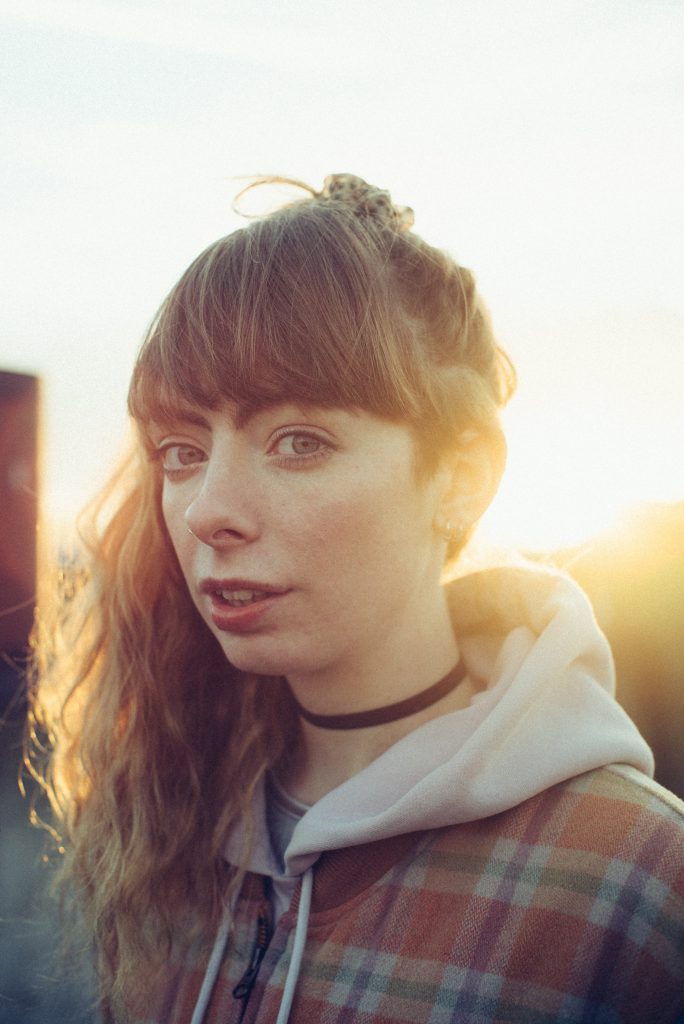
Do you ever just feel like making straight up club tracks?
If you mean something that ultimately just makes you want to dance, then in some ways yes. But I have a free-form approach to creating and I am inherently unconventional… If I acquired some analogue drum machines and synths I would probably make some bangers, but that would quickly give way to a quest for discovery or invention. I am more excited by the idea of making something that has its own unique and precious character, no matter how subtle.
Tell us a bit about how you approached the mix.
It started off as a vaguely feel-good throw back mix. So I selected many quite old tunes, many that I have known for a while, as well as a few things I just heard recently. In the end I dipped into jazz, blues, soul, dub, hip hop, pop, ambient, techno, and included a couple of my unreleased tracks. I did some pretty silly mixes, but the theme is sturdy I think.
What’s next for you in 2018?
I am releasing my first vinyl, which is a compilation of tracks from my album trilogy. This is happening because of being selected for the Emerging Artist Fund from HMUK, which entailed a Pledge campaign that almost destroyed me. It’s so worth it though. Plus the Becoming Real CD set is being released at the end of this month.
More exciting still, I have two EPs coming very soon, side by side. They started out as a pair of ambient tapes available on my Pledge campaign, but their concept grew and now they’re something more than that. The first one is as simple as possible and all ambient / instrumental; the second one is more sneaky, sparkly and richer in grooves and sonic forests. I will be ready to announce their names and release dates very soon. There will also be some real nice new videos along with the singles, so stay locked for those.
Tracklist
Food – Exeter Opening
Duke Ellington – Lady of the Lavender Mist
Mississippi Fred McDowell – Keep Your Lamp Trimmed and Burning
Raymond Scott – Cyclic Bit
Elsa Hewitt – Tiny Dancer
Animal Collective – What Would I Want Sky
Brockbeats – Quake
Dabrye – Cold Brew Vol 2
Samantha Sang (ft. The Bee Gees) – Emotion
Black Harmony – Don’t Let It Go To Your Head
Rhythm & Sound – No Partial
Farben – Raw Macro
Shinichi Atobe – Free Access Zone 1
France Jobin – Graviton
Hector Plimmer – Sunshine (Emma-Jean Thackray Remix)
Fatoumata Diawara – Kélè
Slim Gaillard – Communications
Aubyn – Ecksteincount Basie
Hayeli – Take My Hand (Elsa Hewitt Remix)



